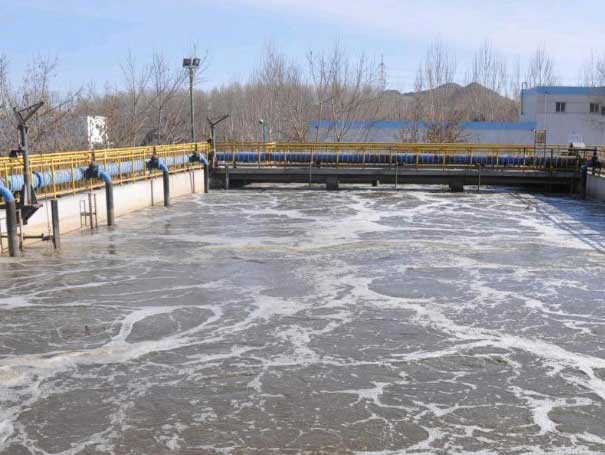Roots blower for sewage treatment is called sewage treatment blower for short. The important role of the sewage treatment blower is to provide oxygen to the sewage treatment aeration tank. It also insists on continuous sewage activities to ensure that the sewage can be fully exposed to oxygen, the microorganisms in the sewage can be oxidized, and then reach the intention of clear sewage.
Roots blower, as a common mechanical equipment in sewage treatment, plays an important role in the normal operation of the sewage treatment plant. Its operation quality is directly related to the safety performance of sewage treatment and the quality of treated effluent.
Composition of Roots blower for sewage treatment:
Roots blower for sewage aeration It is composed of four major parts: casing, wallboard, impeller, inlet and outlet muffler, etc.
1. Casing: mainly used to support wallboard, impeller, muffler and fixation.
2. Wall plate: mainly used to connect the casing and the impeller, support the rotation of the impeller, and play the role of end face sealing
3. Impeller: it is the rotating part of Roots blower, which is divided into two leaves and three leaves. Now, because the three leaves have many advantages such as less air pulsation, less noise, and smooth operation than the two leaves, it has gradually replaced the two leaves Roots blower.
4. Muffler: used to reduce the noise generated by the inlet and outlet airflow pulsation of Roots blower.

1. The exhaust contrast is even. The sewage can be fully exposed to oxygen.
2. No lubricating gear oil is required, so the discharged air is clean air, which will not pollute the water quality again.
3. The discharged gas creates a greater pressure.
Under which conditions can Roots blower be operated in sewage treatment method
According to the biochemical transformation skills of pollutants, sewage treatment methods can be divided into the following categories:
1、 Physical methods
Sewage treatment is a physical process to separate the main suspended pollutants in the sewage, which will not change the chemical properties of the water during the treatment process.
Sedimentation (gravity separation), screening (closure), air flotation (flotation), centrifugation and cyclone separation
2、 Chemical methods
The chemical treatment method of sewage is to put chemicals into sewage, use chemical reaction to separate and recover pollutants in sewage, or convert harmful substances into harmless substances. Chemical treatment methods include the following.
Coagulation, Zhonghe, redox, electrolysis, adsorption, chemical precipitation, ion exchange
3、 Biological method
Biological treatment methods can be divided into aerobic treatment methods and anaerobic treatment methods. The former has high treatment efficiency and good effect, and can be widely used. It is the main method of biological treatment. The following are the biological treatment methods.
Activated sludge method, multi-point water inlet method, adsorption regeneration method, delayed aeration method, anaerobic anoxic method
4、 Natural biological treatment
The microorganisms growing and reproducing under the natural ecological conditions are used for sewage treatment to form a series of ecological systems composed of water body, microorganisms and plants. The pollutants are physically, chemically and biologically purified, which can make use of the available nutrients in the sewage, which is conducive to the growth of green vegetation, and realize the resource and harmless utilization of sewage. This method seems to be simple in process and low in construction and operation costs, but it is a sewage treatment method that conforms to the ecological principle, is easily affected by natural weather conditions, and covers a large area.
The method mainly includes aquatic pond, stabilization pond, land treatment system and the above process combination system. The stabilization pond uses the naturally growing micro organisms in the pond water for sewage treatment, and the photosynthesis and atmospheric oxygen of algae growing in the pond supply oxygen to the pond. The sewage stays in the stabilization pond for a long time, and its biochemical process is similar to that of natural water purification.


![]()







![]()

![]()




![]()







![]()

![]()

